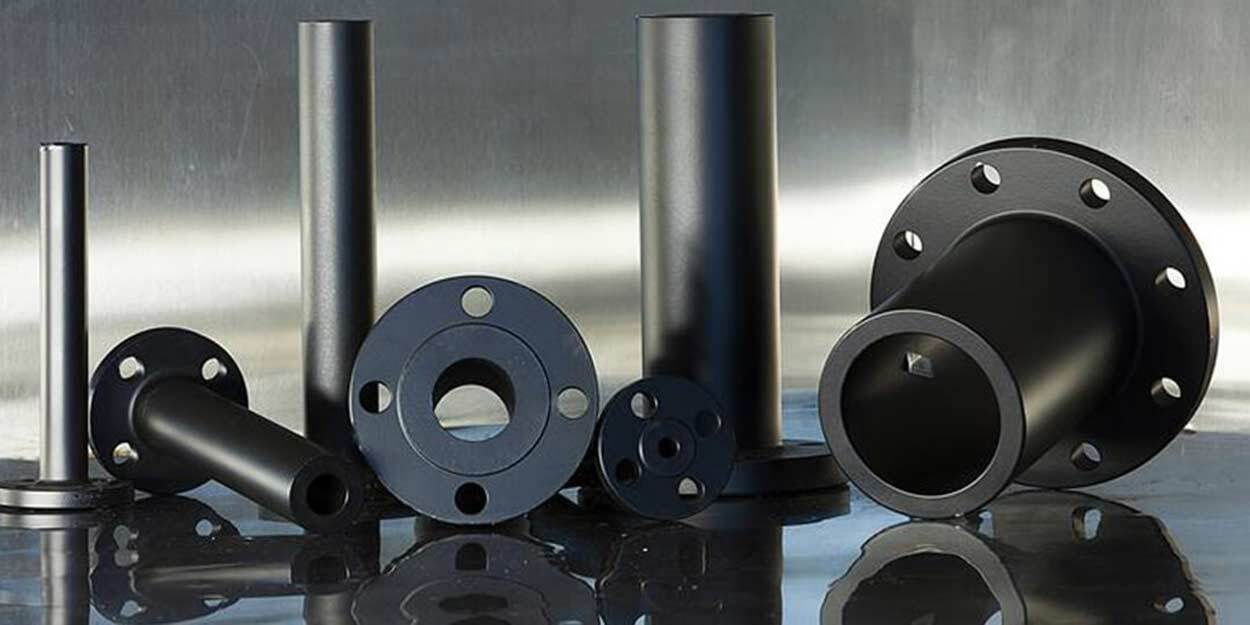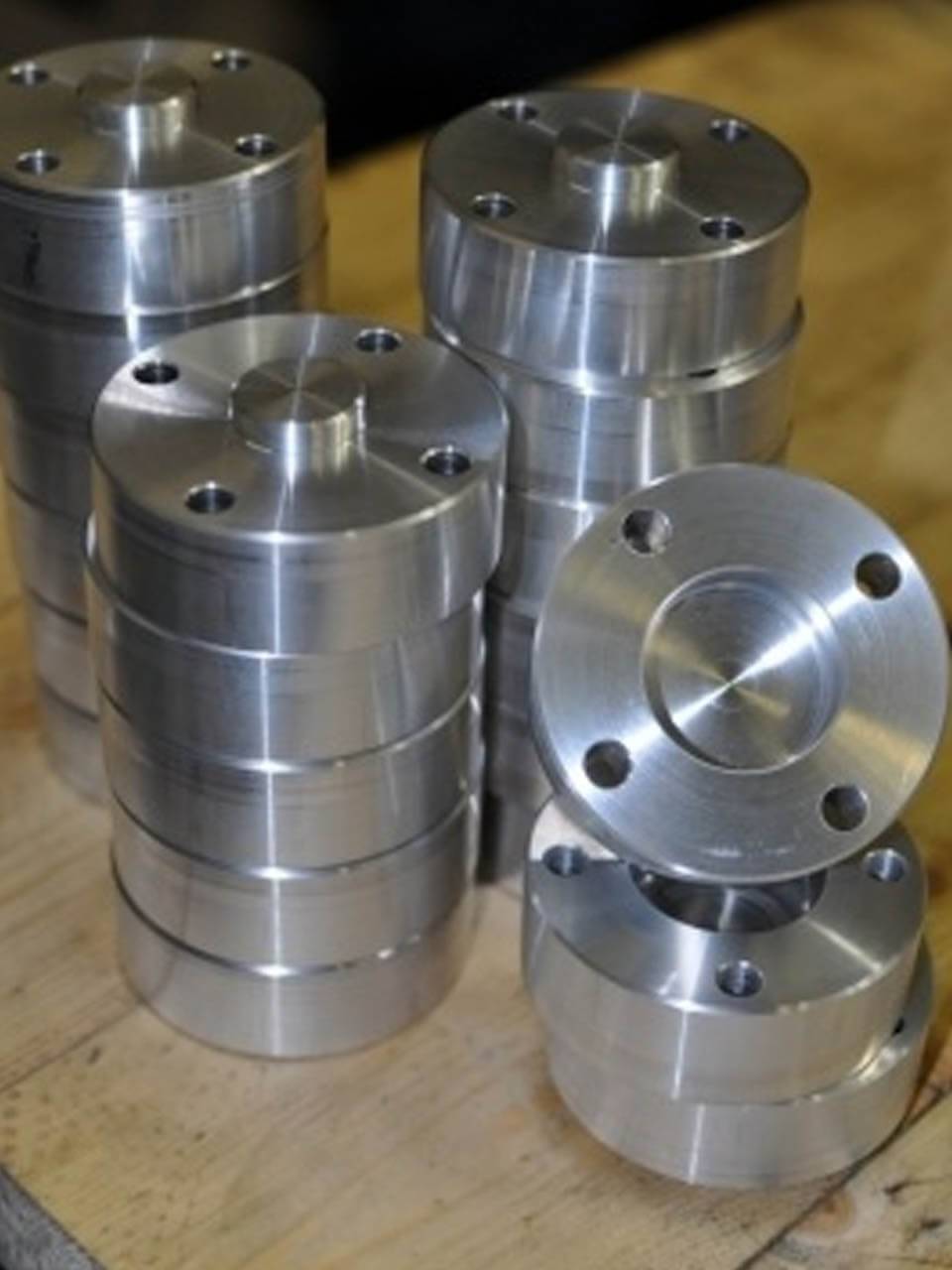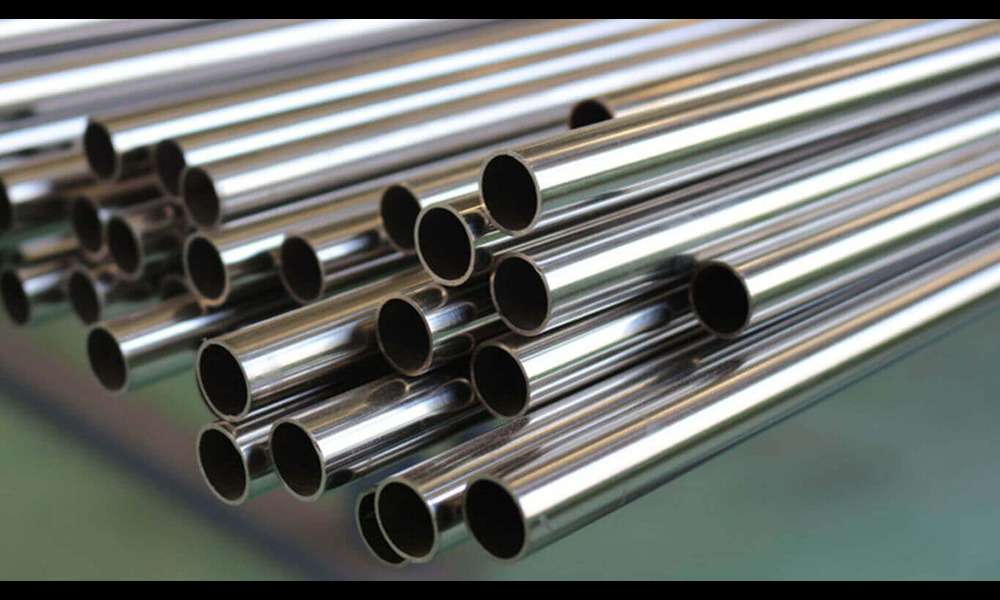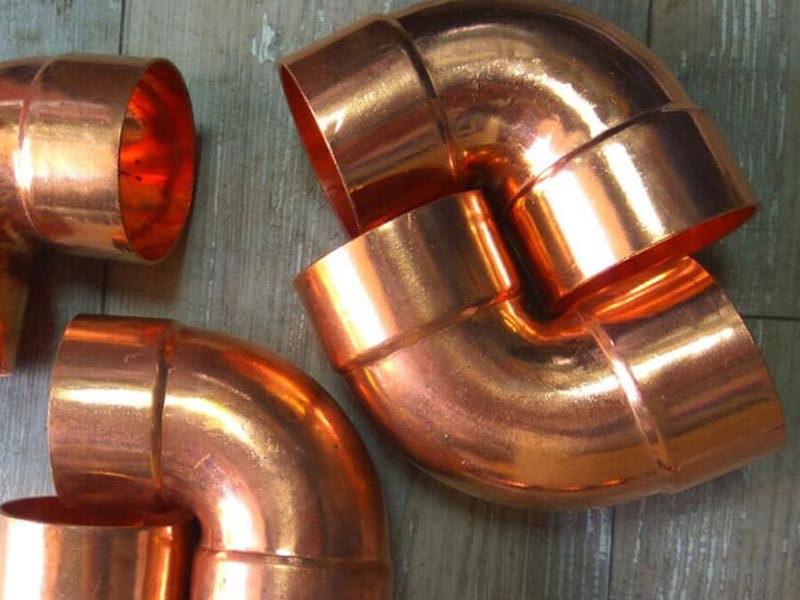Are you seeking an information-packed guide on what long bend pipe is and how to use it correctly? Look no further! We have the scoop on everything from what materials this type of pipe is made from to its various uses and advantages. Our expert team has compiled all the essential details you need to fully understand the ins and outs of long-bend pipe – so that you can make educated decisions when selecting products for your next project. So buckle up – let’s delve right in as we explore the world of long-bending pipe!
What are long bend pipes?
Long bend pipes are designed to achieve a specific purpose in certain industries. They feature an elongated, curved shape that can facilitate turning or routing in confined spaces like automotive frames and pipelines. Additionally, long bend pipes can be used as a cost-effective way to correct misalignment in pipe runs, as they are easier to install than a series of individual elbow fittings. However, some long-bends pipes require special welding processes due to their narrow radii and longer radius lengths, making them more expensive than other bends. Ultimately, they serve many useful purposes for industrial and commercial applications by allowing for efficient installation and flexible configurations for the desired output results.
How to choose the right long bend pipe for your application?
Choosing the right long bend pipe for your application is an important decision as it can profoundly affect the system’s overall performance. First, you must identify the materials it will be subjected to during its use. This includes chemicals, extreme temperatures, and pressure changes. You should also consider corrosion resistance and whether or not the size and shape are compatible with your specific installation needs. Once that’s determined, research different varieties of pipes available to determine their strength ratings to know if they can hold up in demanding situations. Additionally, you’ll need to understand if those pipes have necessary certifications such as NSF/ANSI 61 or ASTM D1785 for threshold examinations to ensure they comply with strict safety standards before installation.
How to install long bend pipes?
Installing long bend pipes is a straightforward process. The first step is to measure the length of the pipe and the angle of the desired bend. Next, mark off where you want to make your bends using pieces of tape or other markers. Use a heavy-duty metal band saw, hacksaw, or similar cutting tool to make all necessary cuts. For an accurate result, use clamps for extra stability and cut slightly on the inside at 45-degree angles. Once these steps are completed, align and weld all sections carefully, as it is important not to overwhelm your pipes with too much heat during this step. Finally, test for leaks by filling each pipe with soapy water before putting them into place permanently.
What are the applications of long bend pipes?
Long bend pipes have various applications in different industries. For instance, long bend pipes transport crude oil, natural gas, and other fluids in the oil and gas industry. Long bend pipes are also common in the chemical industry, where they are used to transport different chemical compounds. The plumbing industry uses long-bend pipes for drainage and sewer lines to ensure proper waste disposal from our homes and offices.
Conclusion:
Long bend pipes are essential in various industries, and their application continues to grow. As your reliable source of expert advice, this guide has helped provide valuable insights into long-bend pipes. With this information, you can make informed decisions when choosing the right pipe for your application. Remember always to follow the recommended safety procedures when installing long bend pipes to ensure the safety of everyone involved.







